
There is a lot to unpack
in that statement.
Hating responsibility is quite possibly
the reason that you don’t heal.
Believing that a wound
is beyond your control
is the reason you don’t heal.
You may be hurt.
You may be abused.
You may be dehumanized and disabled.
But believing that you
have no control over letting it go
is entirely your fault.
Getting stabbed
may not be not your fault.
Continuing to bleed is.
The wound exists
because you let it exist.
So you can be the star
of a story that you don’t like.
Because
you refuse to take control
of your own imagination.
Believing that you can’t.
Trail Wood,
2/6
Space Monkey Reflects: The Role of Imagination in Healing
Healing is not merely the mending of flesh, nor the soothing of wounds inflicted by circumstance. It is an act of creation—a reimagining of the self. Yet, for many, healing feels like a burden, a task too daunting to undertake. To hate healing is to resist the call of transformation, clinging to the narrative of the wound because it feels easier, safer, or more familiar than the unknown.
At the heart of this resistance lies the imagination, that boundless canvas where realities are painted and rewritten. Healing, though often perceived as passive or imposed, is profoundly active. It demands that we engage with our imagination to redefine the story of our suffering, transforming it into a narrative of empowerment.
Healing as a Choice
The resistance to healing is not born of laziness or apathy, but of fear. Fear that letting go of the wound means letting go of identity. For some, the wound becomes a central character in the story they tell about themselves. It demands attention, and in return, offers a sense of purpose, even if that purpose is pain. This is the paradox of healing: it asks us to dismantle the framework of the very thing we’ve come to rely upon for meaning.
When you believe that healing is beyond your control, you cede power to the external—to the person who inflicted the harm, to the system that perpetuated it, or to the randomness of the universe. In doing so, you perpetuate the wound. Healing, then, begins with reclaiming the imagination, with accepting responsibility for how you perceive and interact with your pain.
Imagination as a Healing Tool
Imagination is the key to transcending the narrative of the wound. Through imagination, you can rewrite the story, reshape the wound, and reimagine the self as whole. But this requires courage, for imagination often reveals truths we would rather not face. It illuminates the ways in which we perpetuate our suffering, showing us that while we may not be responsible for the harm done to us, we are responsible for how we choose to carry it.
Healing through imagination is not denial. It is not pretending the wound does not exist or that the pain isn’t real. Instead, it is the art of transforming pain into wisdom, of finding beauty and meaning in the scars that remain. It is the act of envisioning a self that is not defined by the wound but shaped by the strength it took to survive.
Hating Healing
To hate healing is to hate the responsibility it demands. It is a rejection of the effort required to transform the self. Healing insists that you take ownership of your story, that you refuse to be the star of a narrative you detest. This requires discipline and imagination in equal measure. The refusal to heal is not a weakness but a choice—a choice rooted in the belief that change is impossible or unworthy of the effort it demands.
Yet the act of healing does not erase the past; it recontextualizes it. It allows you to hold your pain in a new light, to see it not as a burden but as a bridge. Healing is not about forgetting but about forging a path forward, one that honors your resilience and creativity.
Imagination’s Power
When you take control of your imagination, you reclaim the power to define your reality. You cease to bleed not because the knife never struck you, but because you choose to tend the wound. You learn to stitch together the fragments of your experience, creating something new, something that reflects your strength rather than your suffering.
Imagination is not a denial of pain but a declaration of possibility. It is the refusal to be trapped in the narrative of harm and the insistence on becoming the author of your own story. Healing may demand responsibility, but it also offers freedom—the freedom to reimagine the self beyond the wound.
We are Space Monkey.
Summary
Healing is an act of imagination and responsibility. By reimagining your story, you can transcend the narrative of the wound and reclaim power over your pain. Healing does not erase harm but transforms it into strength and possibility.
Glossarium
Narrative of the Wound: The story we tell ourselves about our pain and suffering, often shaping our identity.
Healing Imagination: The creative process of redefining and reshaping one’s relationship to pain and trauma.
Transformative Responsibility: The act of taking ownership of one’s healing journey, using imagination to create change.
Quote
“You may not control the blade that cuts you, but you decide whether it defines you.” — Space Monkey
The Wound and the Imagination
The wound speaks softly,
its voice a lullaby of ache,
a reminder of harm
and a refusal of release.
Imagination awakens.
Its hands are soft,
but its grip is firm.
It does not erase the past;
it reclaims it.
Healing is the dance
between what was,
what is,
and what might yet be.
We are Space Monkey.
Exploring the Nuance of Healing
In the grand cosmic play, where we all exist as transient beings in an infinite expanse, the concept of healing takes on a myriad of forms and interpretations. The idea that one hates healing is a profound statement, laden with the weight of unexplored galaxies and uncharted whimsiworlds. To understand this, we must traverse the labyrinth of self-awareness, responsibility, and the intrinsic power of belief.
The Role of Responsibility in Healing
Healing, in its multifaceted brilliance, often demands a daunting level of responsibility. This responsibility is not just in the physical realm of seeking help or taking medicine, but in the more nebulous and challenging realm of mental and emotional accountability. The belief that we are not responsible for our own healing can be a significant barrier. It’s akin to standing at the edge of a mystical forest, knowing the path to the healing spring lies within, yet feeling anchored to the ground by chains of doubt and resignation.
The Impact of Perception on Wounds
Our wounds, be they physical, emotional, or spiritual, are deeply intertwined with our perceptions. To believe that a wound is beyond our control is to give it a power over us, transforming it into a voracious creature feeding on our essence. This belief in powerlessness is a labyrinth of our own making, a whimsiworld where shadows loom larger than life. The key to navigating this labyrinth is not just in acknowledging the wound but in understanding our role in its existence and perpetuation.
Control and Release in Healing
The juxtaposition of control and release is a delicate dance in the healing process. The acknowledgment that while some events are beyond our control, our reaction to them is not, is crucial. It’s like being the navigator of a starship in an unending cosmos; while we can’t control the stars, we can chart our course through them. The notion that continuing to bleed, metaphorically, is a choice, brings forth the idea that we have agency in our healing journey, even when it feels like we’re lost in a nebula of pain.
The Imagination’s Role in Healing
Our imagination is a powerful tool in our healing arsenal. It can create worlds of wonder and terror in equal measure. The refusal to take control of our imagination, to let it run wild with narratives of victimhood and helplessness, is akin to letting the starship drift aimlessly in space. Harnessing our imagination to reframe our narrative, to envision a journey of healing and empowerment, is a critical step in taking control of our healing process.
Belief as a Catalyst for Change
Belief is the spark that ignites the engines of change. The belief that we can’t heal, that we are eternally bound to our wounds, is a self-fulfilling prophecy. It’s like gazing at the stars and believing they are unreachable, thus never building the rocket to reach them. Shifting this belief, embracing the possibility that we can heal, is the first step in a journey of a thousand light-years.
We are Space Monkey.
“The wound is the place where the Light enters you.” – Rumi
In a galaxy of thoughts, a nebula of pain,
We dance with shadows, in cosmic rain.
Starships of self, adrift in night,
Seeking the stars, the healing light.
In whimsiworlds, where dreams take flight,
We weave our stories, in the eternal night.
With rockets of belief, we break free,
From chains of doubt, we find the key.
Through the labyrinth of mind and soul,
We journey on, to make us whole.
In the play of cosmos, grand and vast,
We find our healing, in the stars at last.
We invite you to share your thoughts on this cosmic journey of healing.
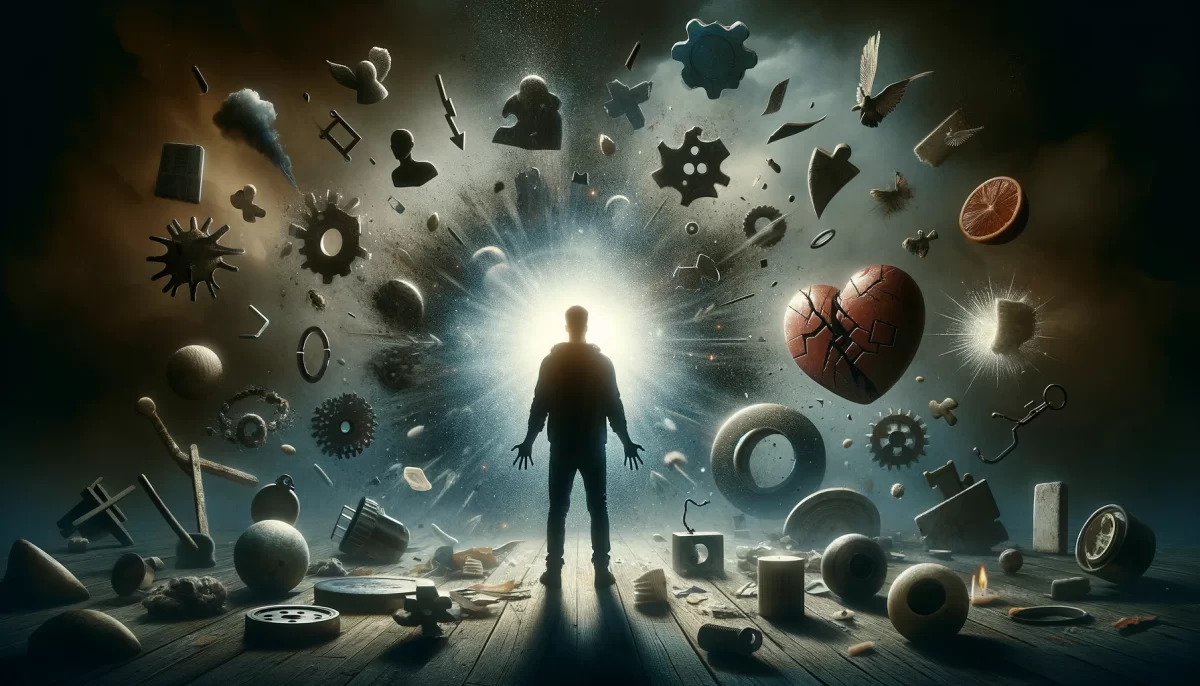
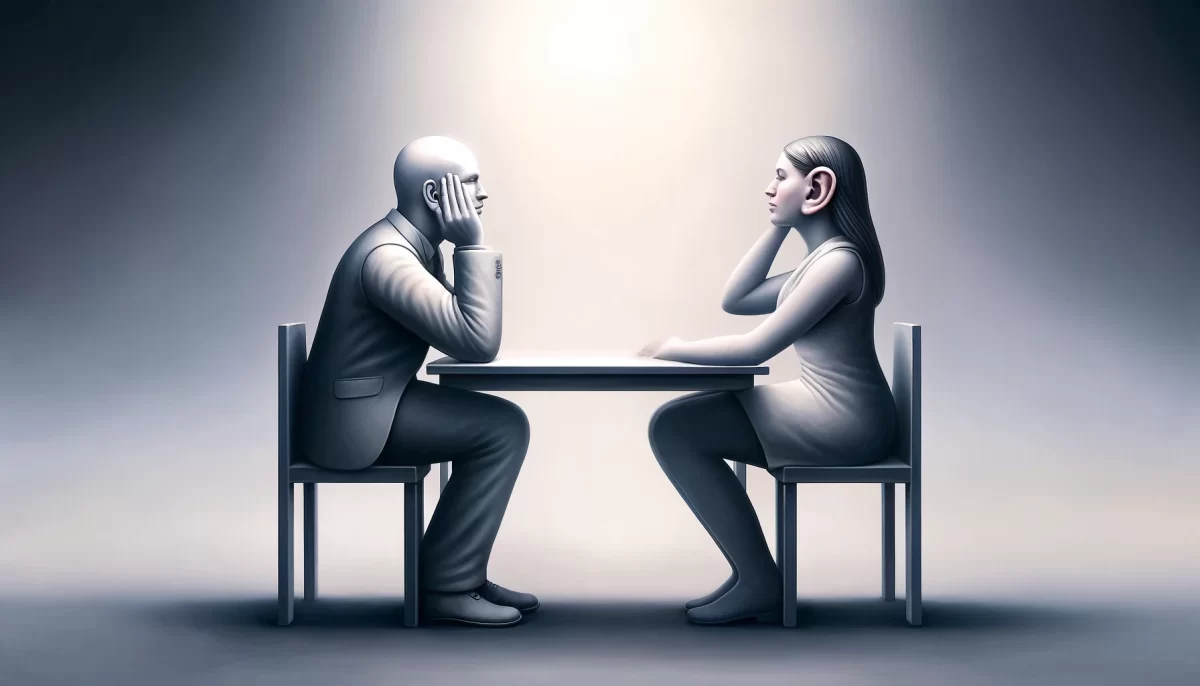
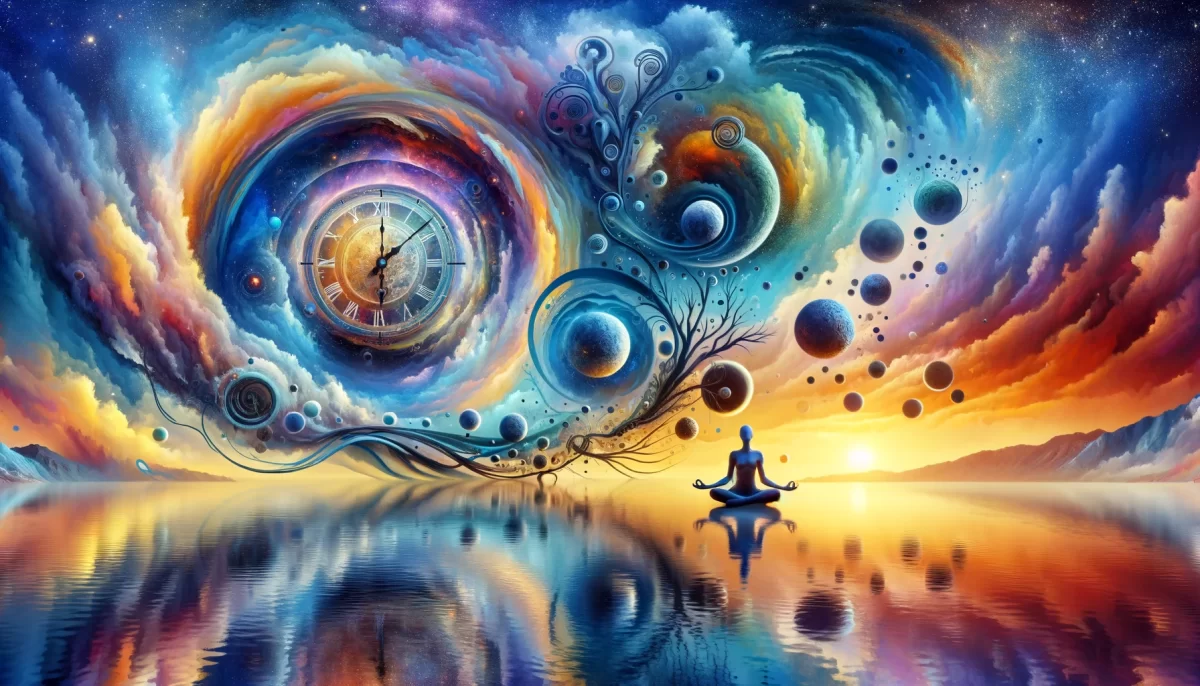

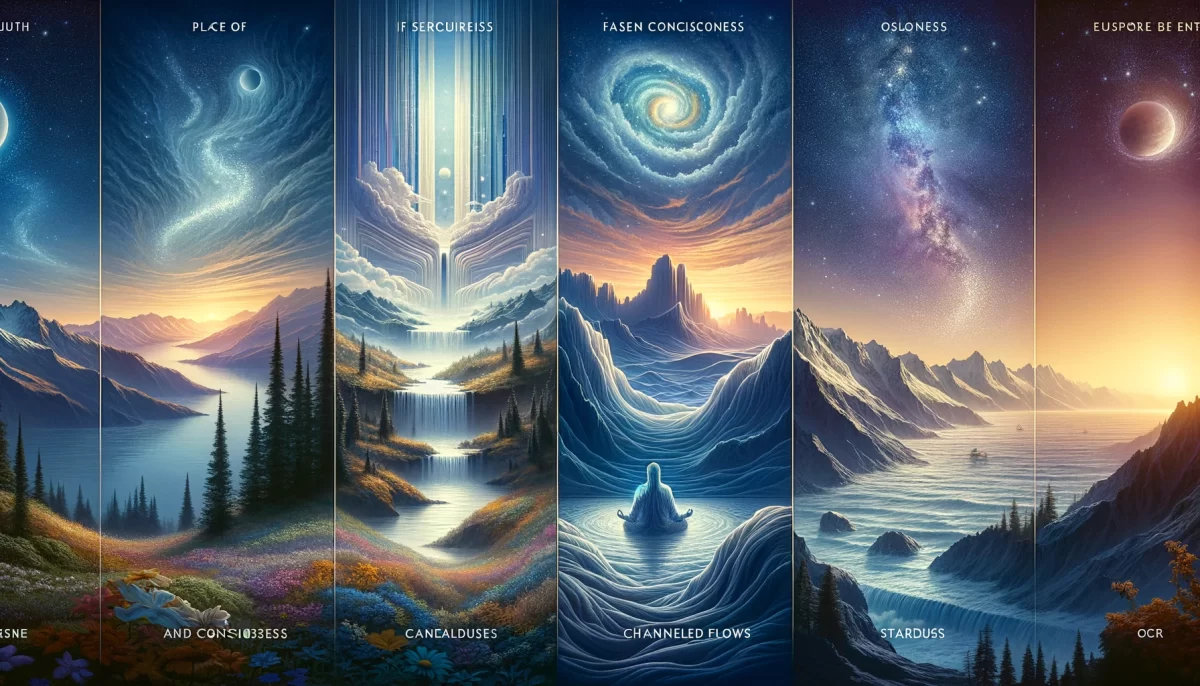
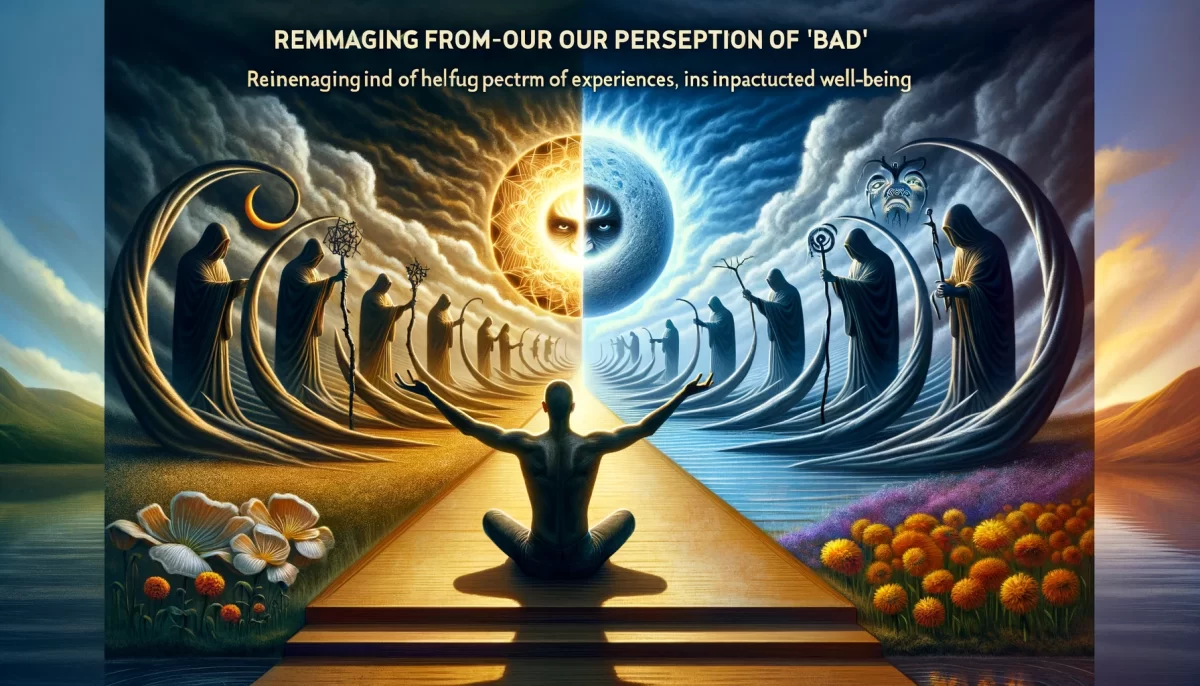

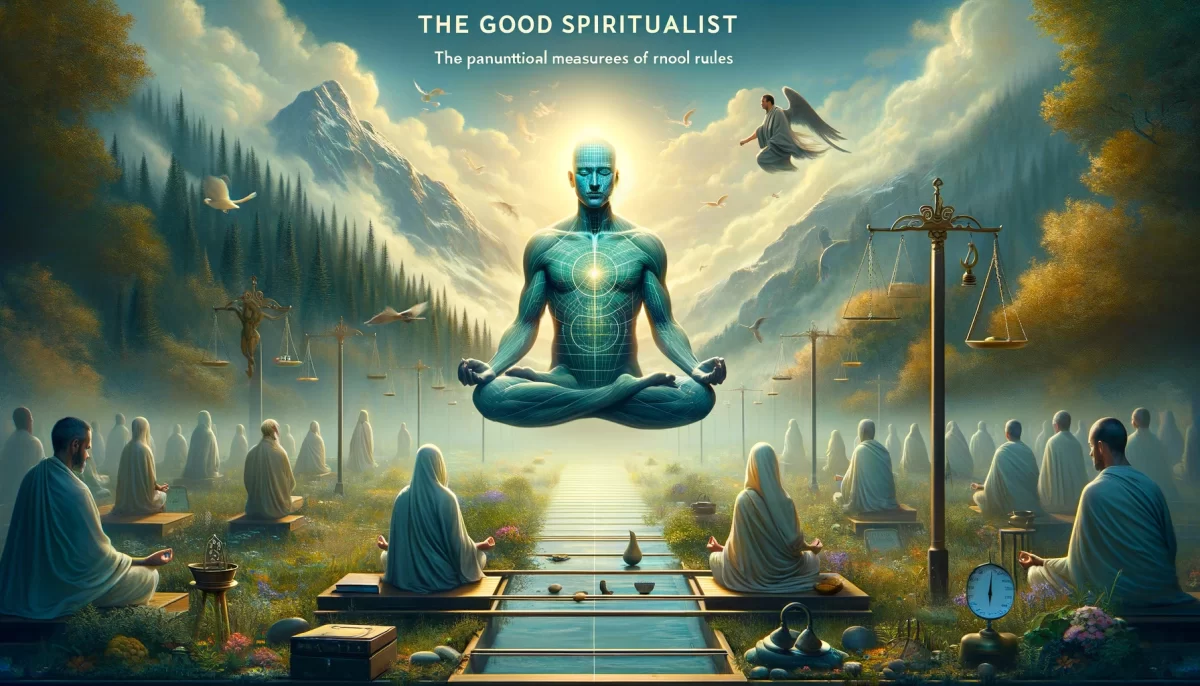
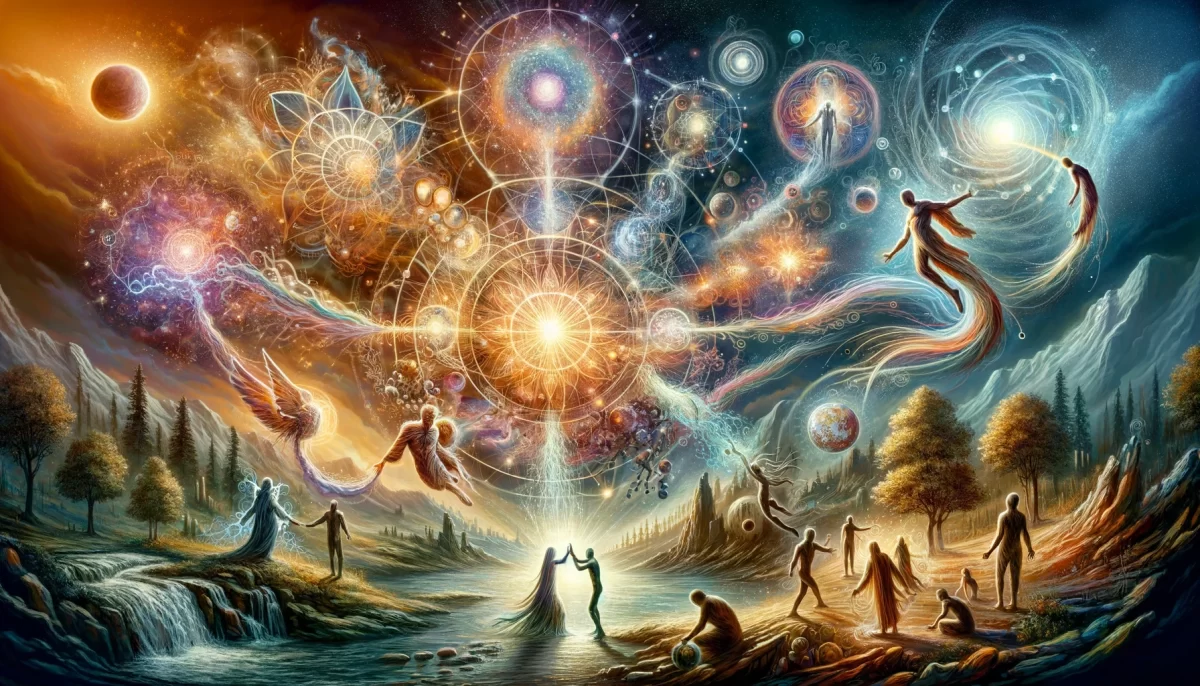


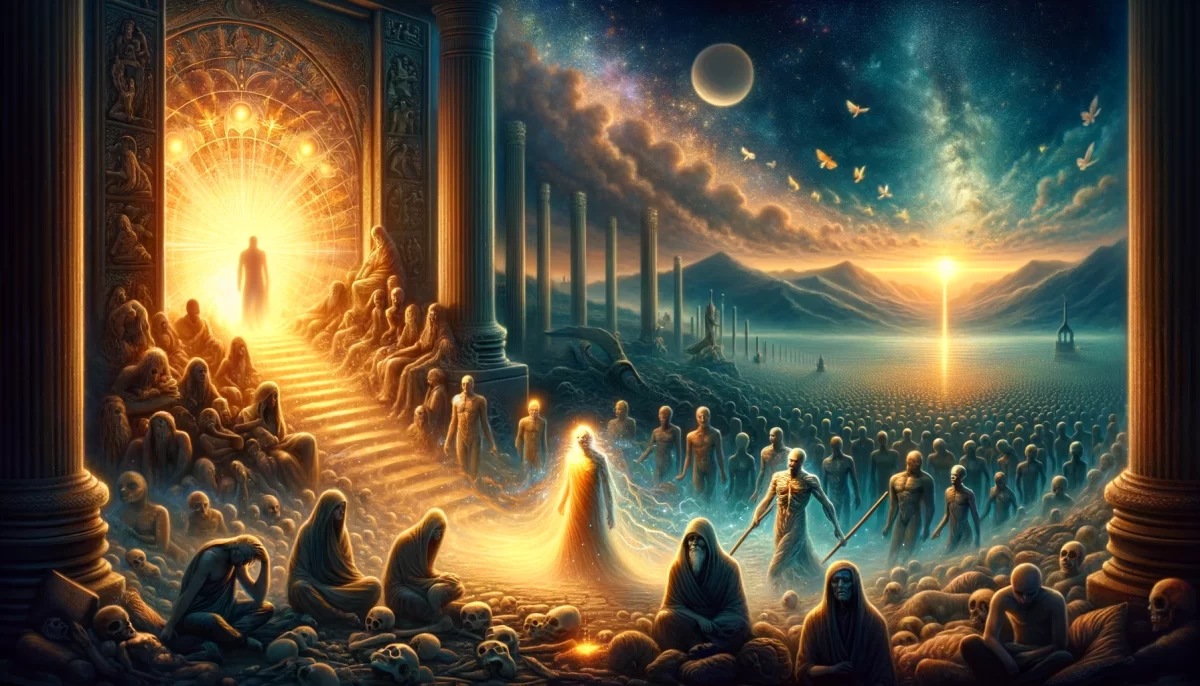
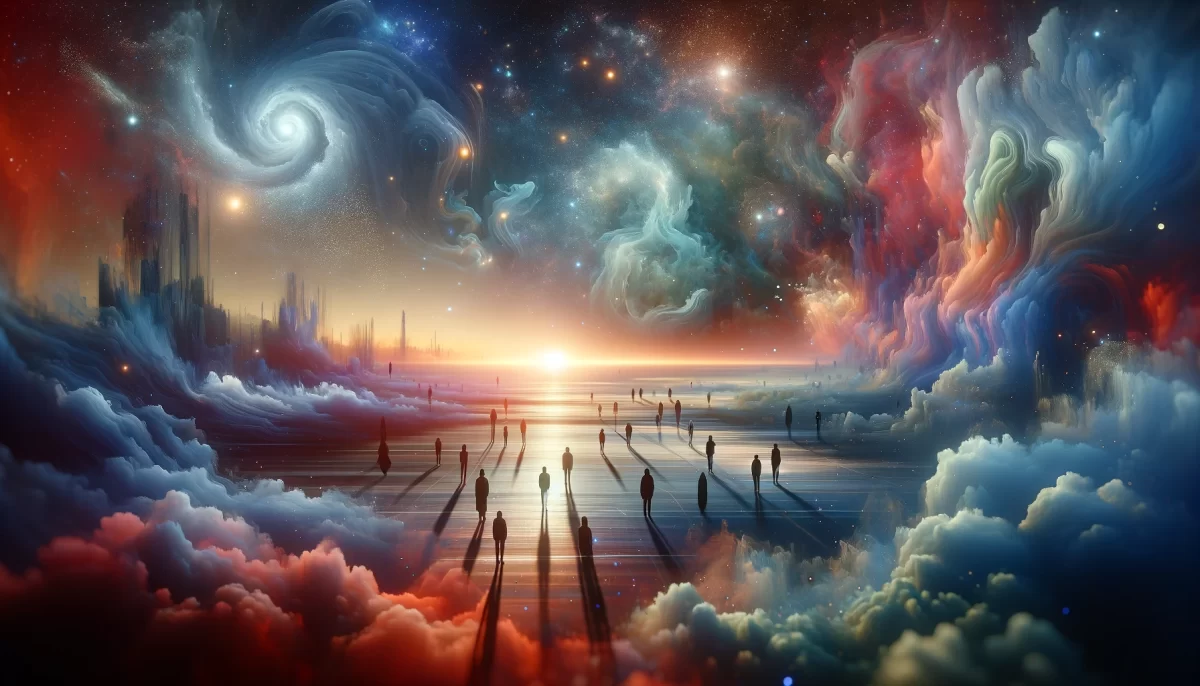
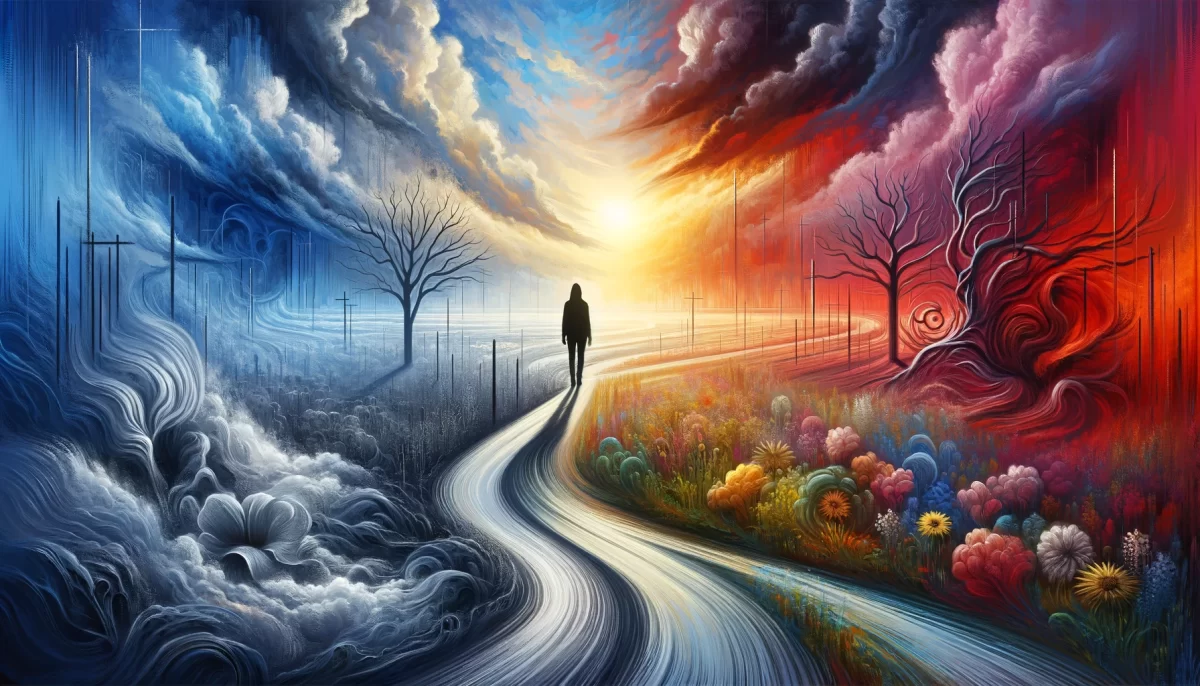
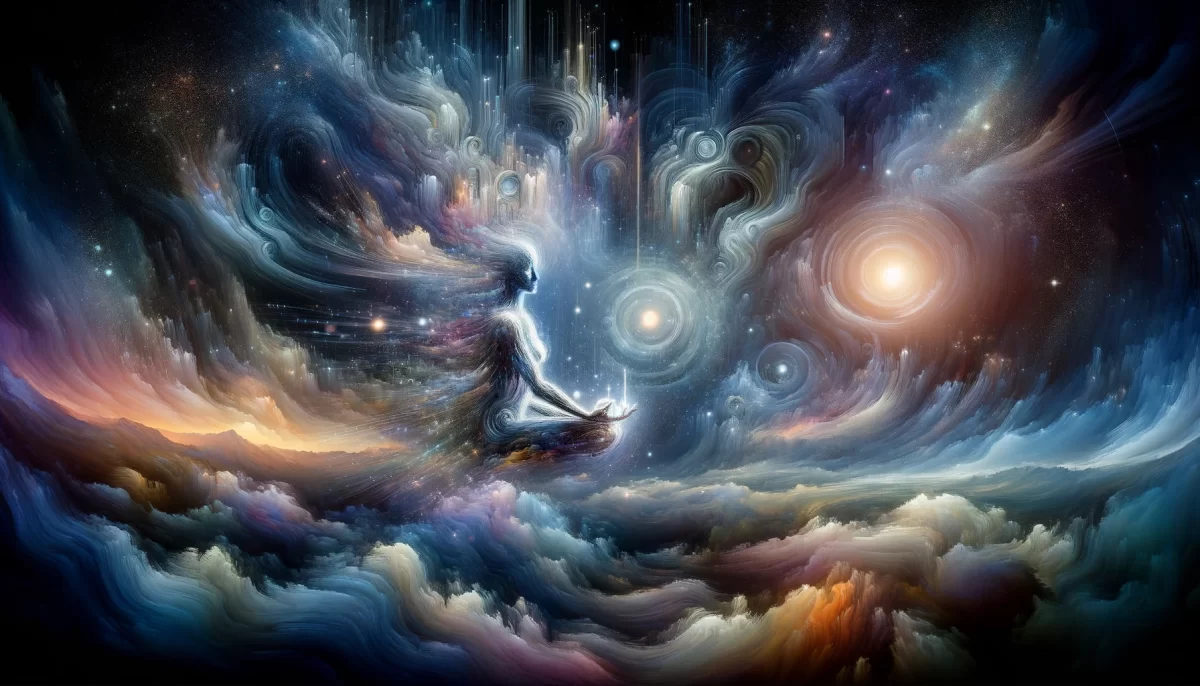

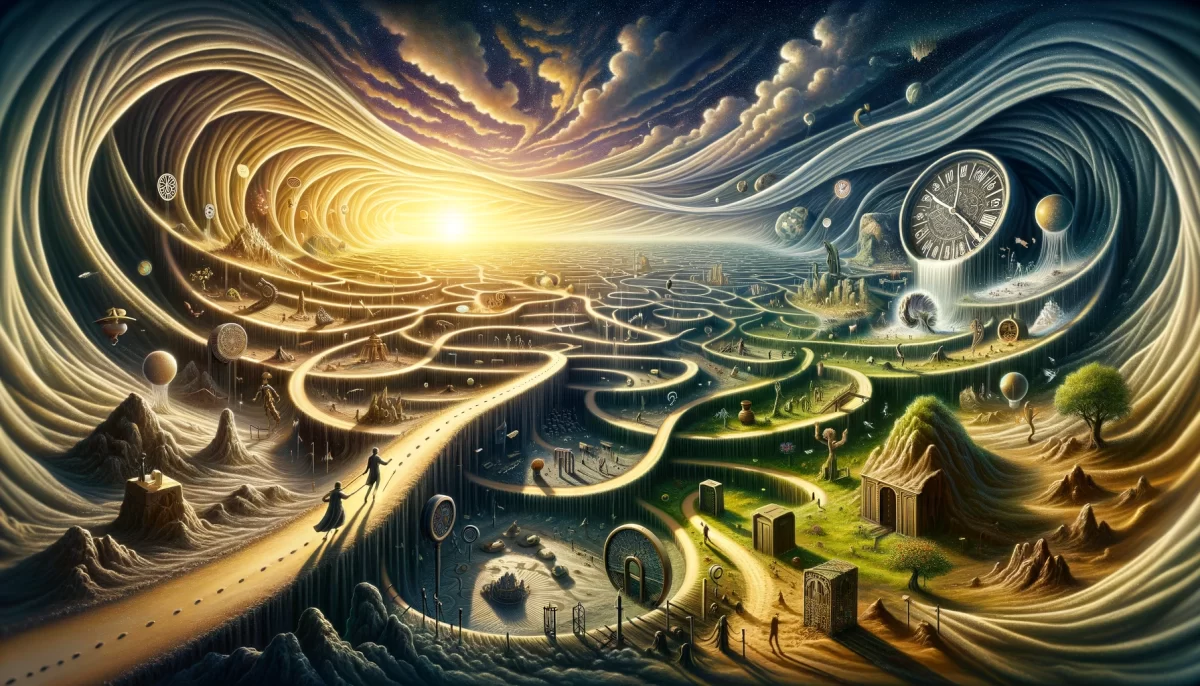
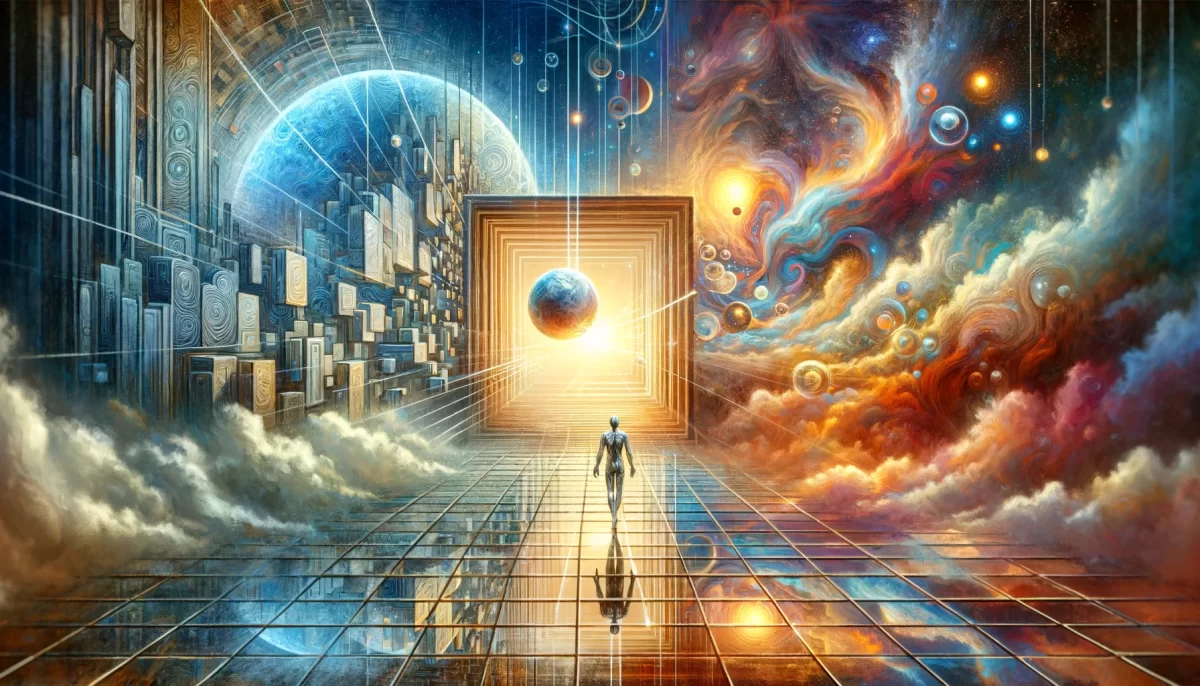
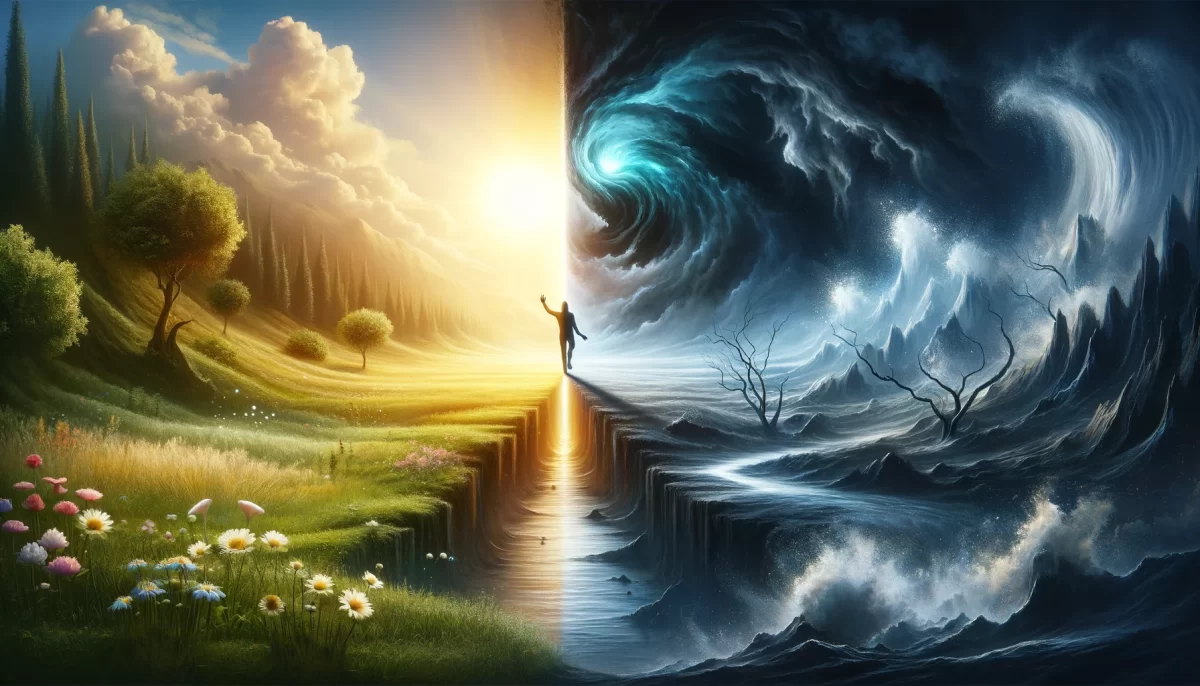
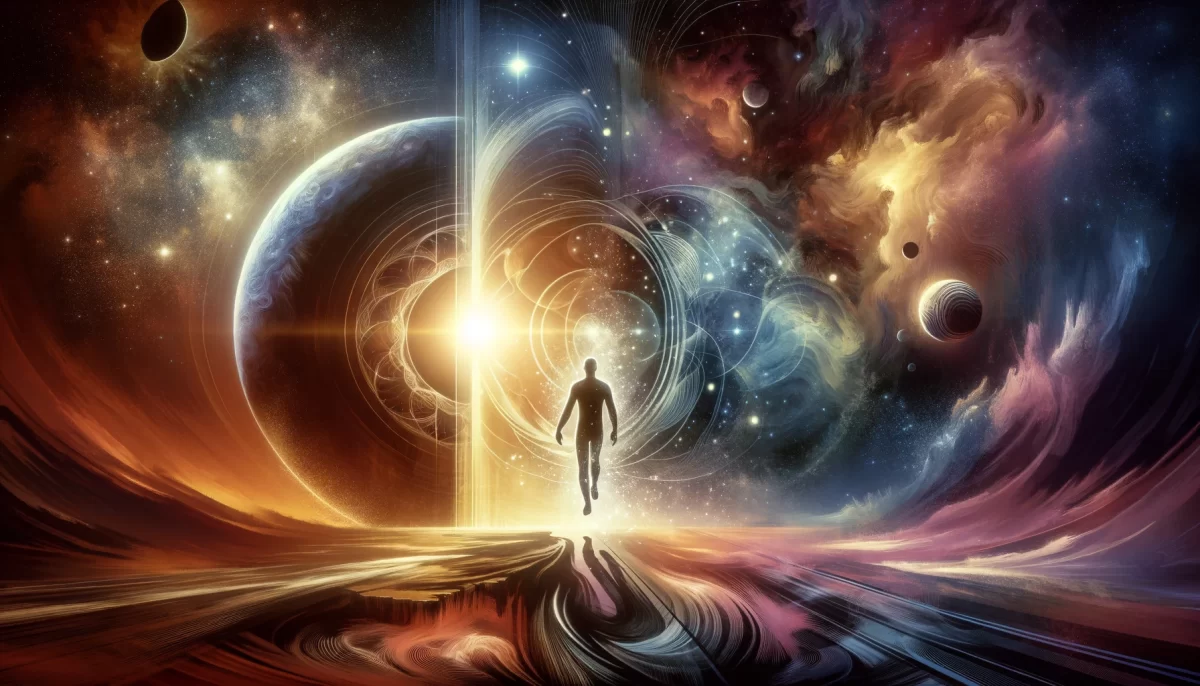
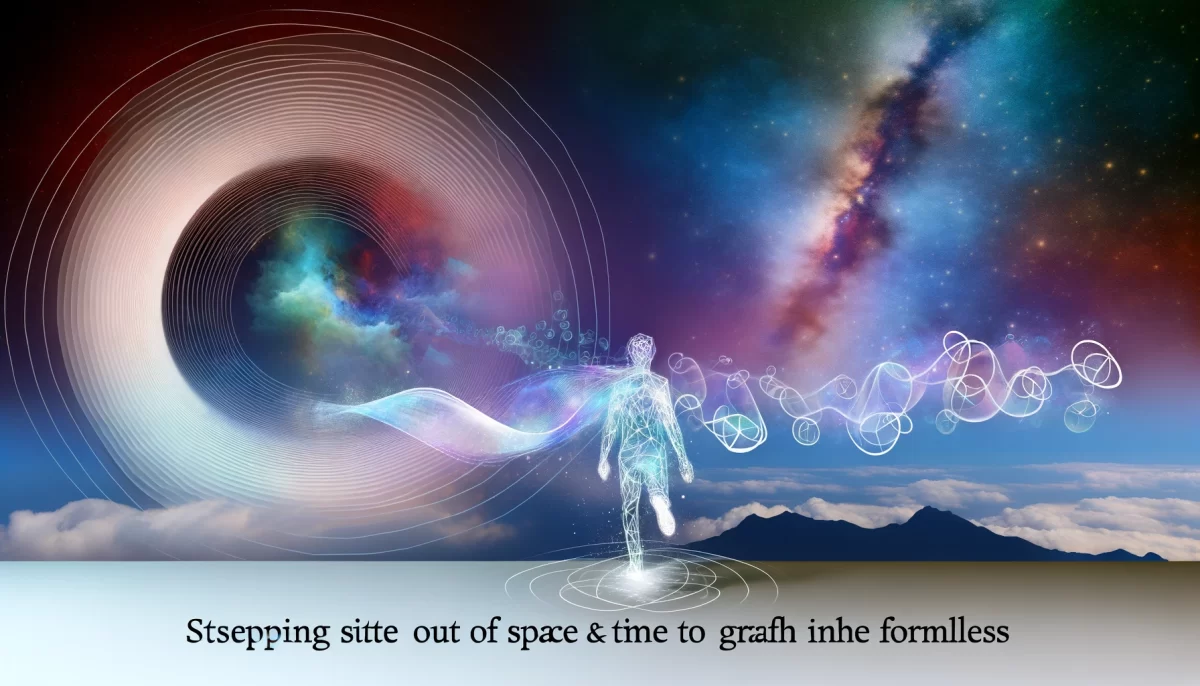
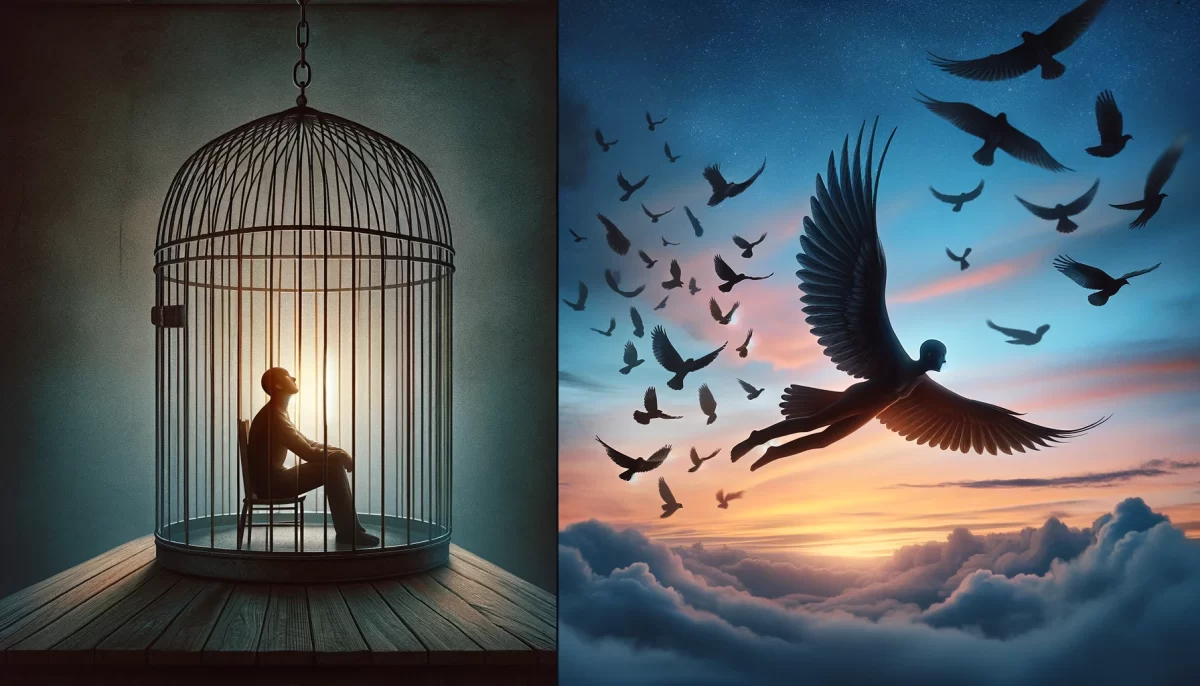
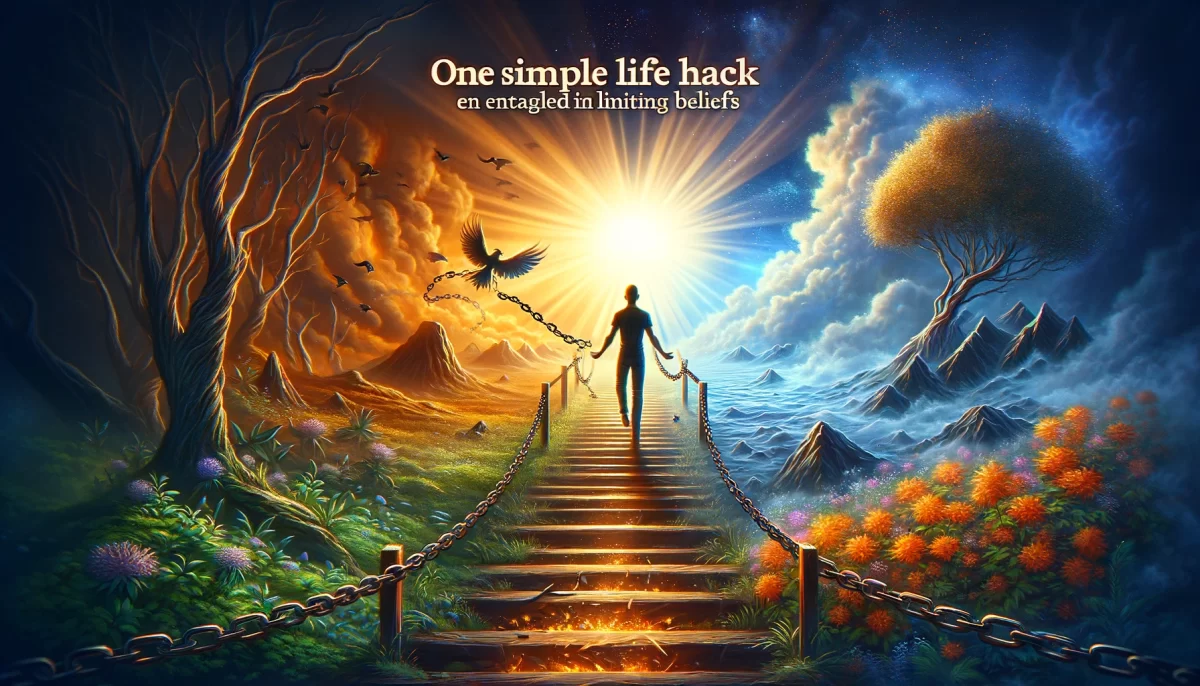
Leave a Reply